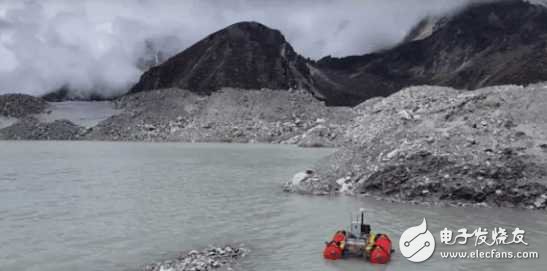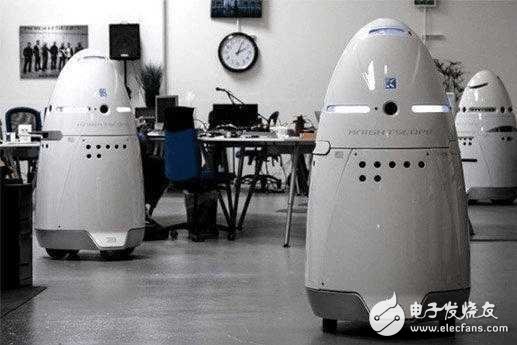Affected by global warming, the melting of glaciers in the Himalayas has formed more and more glacial lakes, and some are already on the verge of breaking. These seemingly beautiful lakes will lead to the occurrence of geological disasters known to the locals as the “Himalayan tsunamiâ€. Scientists are looking for ways to use modern technology to study the specific causes of glacial lakes and to understand the composition of rocky hard objects in glacial lakes. A robot that can work in water, OpenROV Trident, is a probe tool that scientists rely on. The advantage of using robots is that compared with people's personal launching, the robots are faster when operating underwater, and the measurement is more precise. There is no need to worry about personal injury. In some geologically unstable areas, it is just close to the glacier lake. Piles are more dangerous. With more abundant detection data and analysis, scientists and local villagers can judge the time and probability of glacial lake breaks, and notify residents to evacuate as soon as possible before the disaster really comes. Pharmaceuticals,2-Methyl- Propanoic Acid Monohydrate Price,2-Methyl- Propanoic Acid Monohydrate Free Sample,Pure 2-Methyl- Propanoic Acid Monohydrate Zhejiang Wild Wind Pharmaceutical Co., Ltd. , https://www.wild-windchem.com
Ulyana is one of the scientists who conducted these studies. She is leading the Indo-Pakistan squad in the Himalayas to use robots to map the riverbed of the glacial lake to identify fragmentation that could trigger flash floods. 
Scientists hope that by the next year, there will be more survey robots, so that they can better teach local villagers how to use these robots to better understand the geological changes and profiles in the Himalayas. 
In August 2012, North India, located in the Himalayas, was hit by flash floods. The disaster that occurred in the early morning caused 31 deaths and 40 injuries.
Science should be used in life to contribute to the protection of the earth.